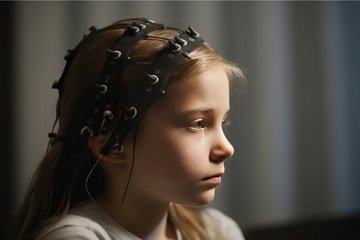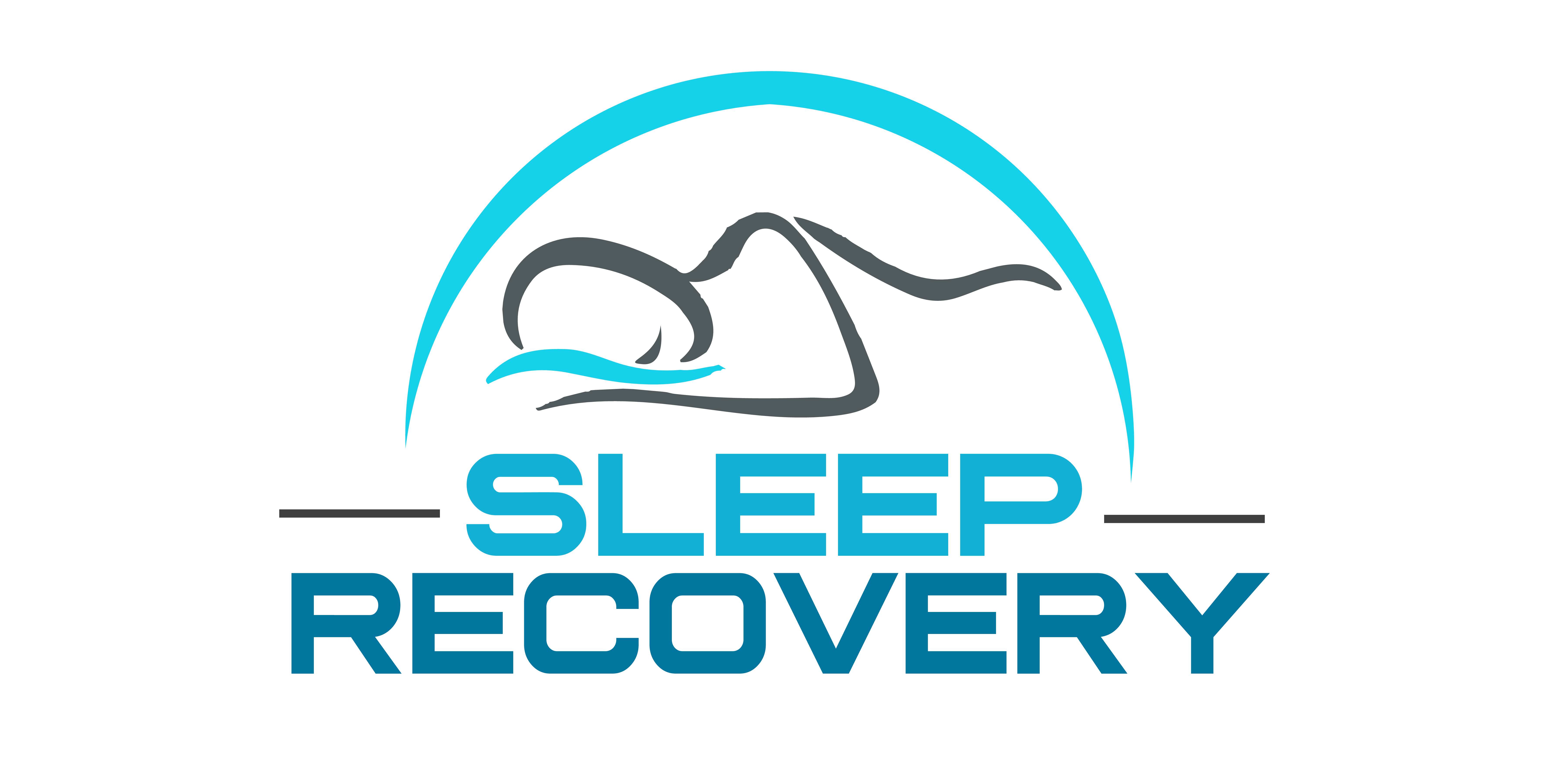Child COVID Anxiety: The Lingering Anxiety Crisis in Youth and New Paths to Recovery

The COVID-19 pandemic cast a long shadow over the mental health of children and young adults worldwide. Yet, as mask mandates fall and social distancing becomes a memory, the anxiety epidemic among children and adolescents remains stubbornly entrenched. Recent research reveals that despite the return to normal activities, anxiety disorders among young people in the US and Western Europe have not receded, and in many cases, have worsened.
A comprehensive study published in Child and Adolescent Psychiatric Clinics of North America reveals the extent of this crisis and points toward promising new approaches that move beyond conventional treatments. Dr. Lisa Fortuna and colleagues at the University of California, San Francisco, documented how the pandemic created a “perfect storm” of stressors that disproportionately affected young people, particularly those from communities already facing social inequities.
The Anxiety Epidemic That Outlasted the Pandemic
Before COVID-19, children’s mental health professionals were already witnessing increasing rates of anxiety, but the pandemic accelerated this trend dramatically. National data showed that more than one in four children reported sleep problems related to worries, unhappiness, and anxiety during the pandemic. Even more concerning, research covering 80,000 youths globally found that depressive and anxiety symptoms doubled, with approximately 20% of youth experiencing significant anxiety symptoms.
But what’s truly alarming is that these elevated rates haven’t returned to pre-pandemic levels. Despite schools reopening and social activities resuming, clinicians report continued high rates of generalized anxiety disorder, social anxiety, and separation anxiety among patients. Multiple factors explain this persistent crisis:
- Developmental disruptions – Critical social learning periods were interrupted during key developmental stages, leaving lasting emotional and social skills gaps.
- Accumulated trauma – Many children experienced pandemic-related losses, including the death of caregivers, with estimates suggesting more than 200,000 children in the United States lost a parent or grandparent caregiver to COVID-19
- Structural inequities – The pandemic disproportionately impacted communities of color and under-resourced neighborhoods, exacerbating pre-existing stressors.
- Educational setbacks – Learning gaps and special education disruptions continue to create anxiety as children struggle to catch up.
- Digital habituation – Extended periods of online interaction created patterns that made readjustment to in-person social environments challenging
Dr. James Thompson, a pediatric neuropsychologist not associated with the study, notes: “These children experienced a massive disruption during formative years. Their brains developed different neural pathways for managing stress and anxiety than pre-pandemic generations. Returning to ‘normal’ isn’t enough to reset these patterns.”
The Treatment Paradox: When Conventional Approaches Fall Short
Conventional treatments for youth anxiety have traditionally followed two primary paths: pharmacological interventions (medications) and talk therapies (particularly cognitive behavioral therapy). Yet evidence suggests these approaches have struggled to address the unique nature of post-pandemic anxiety, and in some cases, may have worsened outcomes.
The Medication Dilemma
The prescribing of anti-anxiety medications and antidepressants for young people increased substantially during the pandemic, but questions remain about their efficacy and safety for developing brains. A troubling pattern has emerged:
- Tolerance and dependence – Many children prescribed benzodiazepines for acute anxiety develop tolerance, requiring increasing doses for the same effect.
- Side effects impacting development—Common side effects include fatigue, concentration difficulties, and sleep disruption (especially during lowered titration or treatment discontinuation).
All of these can interfere with learning and development.
- Limited long-term efficacy – Research shows medication alone rarely addresses the underlying neurological patterns maintaining anxiety
- Rebound anxiety – When medications are discontinued, anxiety often returns at equal or greater intensity.
“We’re seeing a pattern where medication becomes a long-term solution rather than a bridge to more sustainable interventions,” explains Dr. Michael Chen, a child psychiatrist at Boston Children’s Hospital. “The developing brain needs to learn adaptive responses to anxiety, which medications can sometimes short-circuit.”
Talk Therapy Limitations
Traditional talk therapy approaches, while valuable for many conditions, have also shown limitations for post-pandemic anxiety:
- Access barriers – Widespread therapist shortages mean many children wait months for treatment.
- Cognitive-developmental mismatch – Many cognitive techniques require abstract thinking abilities not fully developed in younger children
- Engagement challenges – Traditional talk therapy often fails to engage children experiencing anxiety in ways that create meaningful change.
- School implementation hurdles – School-based mental health services are overwhelmed by demand, with insufficient resources to provide consistent care
Most importantly, conventional treatments often fail to address the neurophysiological patterns underlying chronic anxiety—patterns that established themselves during prolonged periods of pandemic stress and uncertainty.
The Sleep Recovery Approach: Rewiring Anxiety at Its Source
Against this backdrop, Sleep Recovery, Inc. has pioneered an innovative approach that directly targets the bio-electrical (EEG) underpinnings of anxiety without relying on medications or conventional talk therapy. Their method centers on normalizing brain activity patterns through neurofeedback and audiovisual entrainment. However, EEG training is not enough. Anxiety is rooted in the mind as well as the brain. Sleep recovery’s approach to this reality focuses less on cognitive behavior and more on awareness expansion.
The Sleep Recovery protocol typically includes:
- Assessment—Screening for anxiety severity, potential high-alpha amplitude variables within the limbic system, and, most importantly, the motivation to co-partner with the clinician to complete the program.
- Personalized Protocol Development – Creation of customized neurofeedback and audiovisual entrainment programs targeting each individual’s unique pattern of dysregulation
- Brain Training – Regular sessions focusing on normalizing brain electrical activity, particularly enhancing alpha waves associated with relaxation while reducing excessive beta activity linked to anxiety
- Telehealth adaptability – Use portable audiovisual entrainment devices at home to reduce or eliminate travel and time stressors for the client and/or caregivers.
- Simplified Coaching – Anxiety Awareness training to expand clients’ ability to observe the mental nature of anxiety.
What distinguishes this approach is its focus on neurological instability and mental discursiveness rather than purely psychological aspects of anxiety. Research has shown that chronic stress and anxiety create measurable changes in brain electrical activity—changes that conventional treatments often fail to address.
“Trying to talk someone out of anxiety when their brain is locked in a dysregulated pattern is like trying to convince someone to feel cool when they have a fever,” notes Dr. Jeffery Wilson, Clinical Director at Sleep Recovery. “You need to address the underlying physiological state first.”
Case Studies: A New Path Forward
The effectiveness of this neurologically-based approach is illustrated through several case studies:
Maya, age 14 – Following pandemic-related school disruption, Maya developed severe social anxiety that prevented her from returning to in-person learning. After six months of medications with minimal improvement, her parents sought alternatives. Within eight sessions of the Sleep Recovery protocol, Maya reported a significant reduction in anxiety symptoms and successfully transitioned back to regular school attendance. Follow-up assessments showed improvements that maintained themselves nine months later.
Jason, age 11 – After losing his grandfather to COVID-19, Jason developed separation anxiety and sleep disturbances that persisted despite traditional therapy. His anxiety manifested as resistance to school attendance and excessive worry about family members’ health. The Sleep Recovery approach helped normalize his sleep patterns within two weeks, with anxiety symptoms showing marked improvement by the one-month follow-up.
Sophia, age 17 – A high-achieving student who developed panic attacks during the pandemic, Sophia continued experiencing severe test anxiety even after schools fully reopened. Standard anxiety medications left her feeling “foggy” and interfered with her academic performance. Neurofeedback sessions targeting the specific brainwave patterns associated with her anxiety provided relief without cognitive side effects.
A Tiered Approach to Youth Mental Health
While the Sleep Recovery model offers promising results for individual treatment, addressing the scope of youth anxiety requires a comprehensive approach across multiple settings. The research by Fortuna and colleagues suggests a tiered model that integrates various levels of intervention:
- Universal Programs (Tier 1) – School and community-based approaches that promote resilience and mental wellness for all children
- Targeted Interventions (Tier 2) – Specialized support for children showing early signs of anxiety or who experienced significant pandemic-related stressors
- Intensive Services (Tier 3) – Comprehensive treatment for children with established anxiety disorders or complex needs
Neurologically based approaches like Sleep Recovery can serve as valuable components within this framework, particularly for children who haven’t responded to conventional treatments or prefer non-pharmaceutical approaches.
“What’s essential is recognizing that we need multiple pathways to healing,” explains Mayen. “Different children respond to different approaches, and having neurological and awareness-based options expands our ability to help more young people recover from pandemic-related anxiety.”
Moving Forward: Integration and Accessibility
As the mental health community continues addressing the lingering effects of the pandemic on youth anxiety, several priorities emerge:
- Expanding access to neurofeedback-based treatments beyond specialized clinics
- Integration with school-based services to reach children where they spend most of their time
- Training primary care providers to recognize when conventional treatments aren’t working and alternative approaches might be beneficial.
- Supporting families with education about the neurological bases of anxiety and the range of treatment options
- Continued research comparing outcomes across different treatment modalities
The persistent nature of post-pandemic anxiety in youth demands fresh thinking and innovative approaches. By addressing the neurological patterns established during this unprecedented period, rather than merely treating symptoms, we can offer young people more direct paths to recovery.
For more information about neurofeedback-based approaches to treating youth anxiety, contact Sleep Recovery at 1-800-927-2339 or visit https://sleeprecovery.net.
- Depression and anxiety among children and adolescents pre- and post-COVID-19: A comparative meta-analysis.https://pmc.ncbi.nlm.nih.gov/articles/PMC9381924/
-
The trajectory of depression and anxiety among children and adolescents over two years of the COVID-19 pandemic. https://www.sciencedirect.com/science/article/pii/S016517812400386X
- Using Heartfulness Meditation and Brainwave Entrainment to Improve Teenage Mental Wellbeing. https://www.frontiersin.org/journals/psychology/articles/10.3389/fpsyg.2021.742892/full
- Effectiveness of Brainwave Entrainment Therapy on Psychological Wellbeing among Juvenile Delinquents. https://ijip.in/wp-content/uploads/2023/11/18.01.082.20231104.pdf

